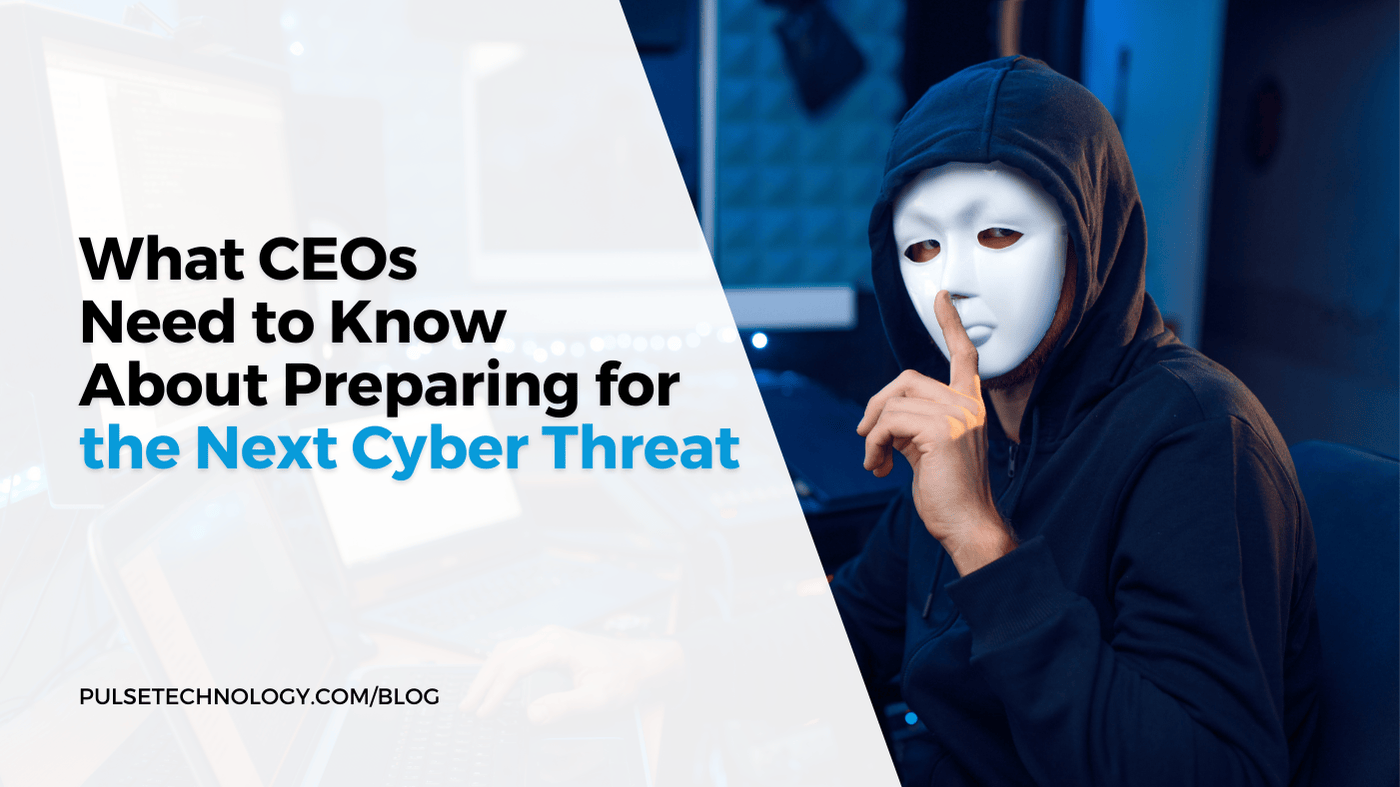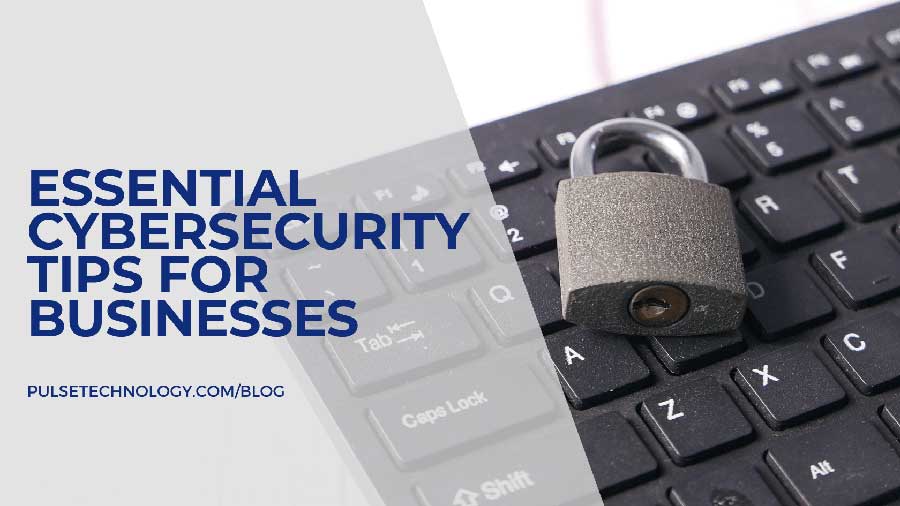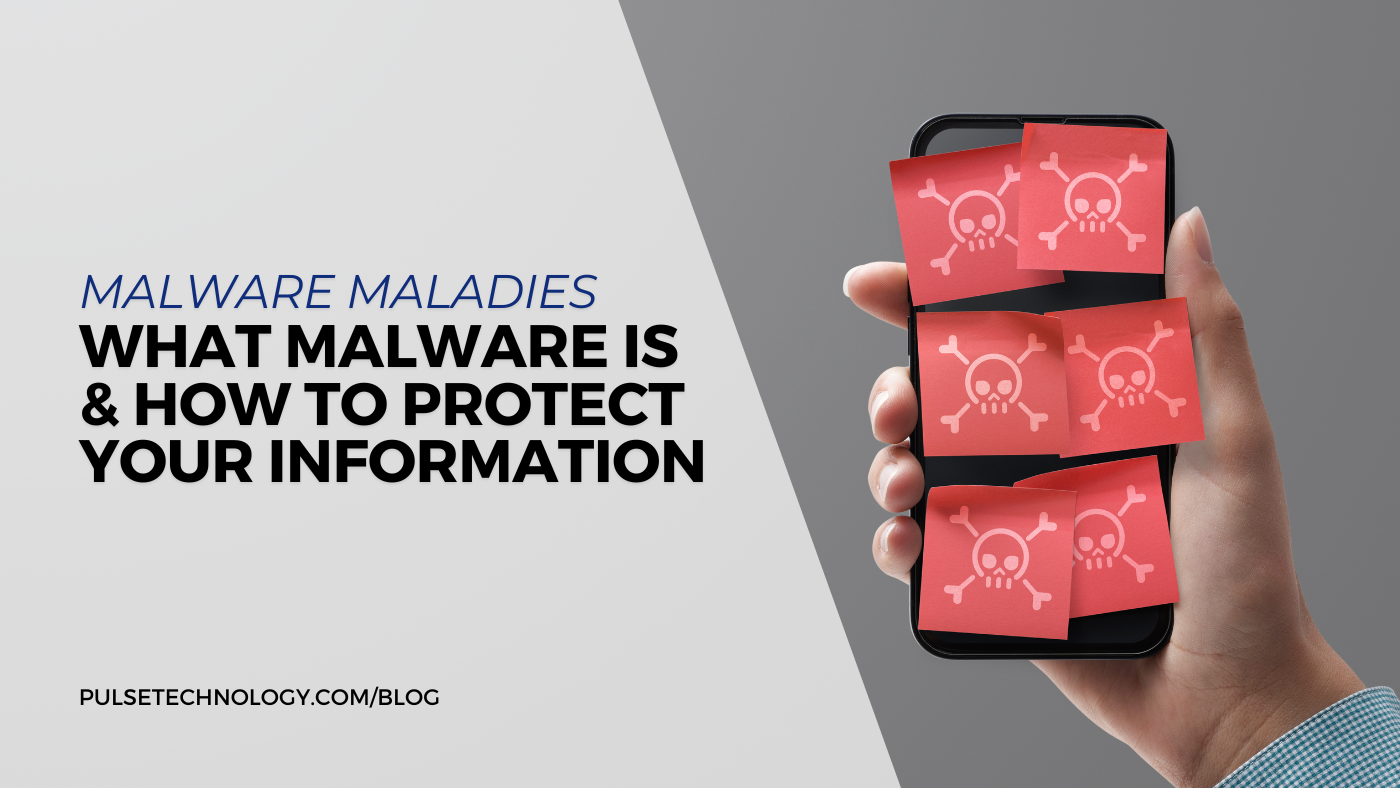7 Cybersecurity Threats to Watch Out for in 2025
The digital landscape is rapidly evolving, with cyber threats becoming more sophisticated and frequent. In fact, cybercrime is projected to cost the world $10.5 trillion annually by 2025, up from $3 trillion in 2015. This escalating threat makes strong and efficient cybersecurity measures more critical than ever for both individuals and organizations.
As we approach 2025, the cybersecurity landscape is set to become even more complex and perilous. Cyberattacks come in many forms, from advanced ransomware attacks to IoT device hacking. The future presents a host of dangers for your business that could compromise sensitive information and disrupt operations.
The Impact of Cybersecurity Attacks in 2024
Cybersecurity attacks and data breaches in 2024 reached unprecedented levels, with both frequency and sophistication on the rise. High-profile breaches affected governments, large corporations, and small businesses alike, leading to significant financial losses and reputational damage. Ransomware attacks became more aggressive, targeting critical infrastructure like hospitals and utilities, often resulting in severe disruptions.
AI-driven cyber threats emerged, enabling attackers to launch more precise and scalable attacks. This year also saw a surge in supply chain attacks, where cybercriminals exploited vulnerabilities in third-party vendors to infiltrate larger networks and cause widespread harm.
Looking ahead to 2025, the cybersecurity landscape is expected to grow even more challenging. Cybercriminals may use advanced technologies like AI and quantum computing to create more powerful and elusive threats. The rise of the Internet of Things (IoT) will introduce additional vulnerabilities, increasing the number of potential entry points for attacks.
What are the Common Sources of Cyber Threats?
Cyber threats can emerge from various sources, each posing unique risks to individuals and organizations. Understanding these sources is crucial for your business and for developing effective cybersecurity strategies. Below are some of the most common origins of cyber threats:
- Malicious Software (Malware): Malware, including viruses, worms, and spyware, infiltrates systems to steal data, disrupt operations, or allow remote control. It’s often delivered through email attachments, infected websites, or fake software updates.
- Phishing Attacks: Phishing involves deceptive emails or messages that appear legitimate, tricking individuals into revealing sensitive information like passwords or credit card numbers. Phishing scams can happen by clicking on a malicious link that gives attackers access to accounts or networks.
- Insider Threats: These threats come from within an organization, whether intentional or accidental. Employees or partners with access to sensitive data may misuse it, or unintentionally compromise security by falling for scams or mishandling information.
- Advanced Persistent Threats (APTs): APTs are prolonged, targeted attacks where intruders stealthily infiltrate networks to steal data or monitor activities over time. These sophisticated attacks are often backed by nation-states or organized crime.
- Distributed Denial of Service (DDoS) Attacks: DDoS attacks flood a network or website with excessive traffic, causing it to slow down or crash. Attackers use botnets, networks of compromised computers, to disrupt services, leading to financial and reputational damage.
- Social Engineering: Social engineering manipulates individuals into divulging confidential information or performing actions that compromise security, exploiting trust rather than technical vulnerabilities.
- Unpatched Software and Vulnerabilities: Unpatched software contains known flaws that attackers can exploit. Failing to apply updates leaves systems vulnerable to cyber attack trends that could have been easily prevented.
- Third-Party Vendors and Supply Chain Attacks: Reliance on third-party vendors can introduce security risks. Attackers may exploit weak links in the supply chain or vendor systems to gain access to an organization’s data or networks.
7 Cybersecurity Threats to Watch Out For
As we move into 2025, cybersecurity trends are set to face an array of emerging threats that pose significant risks to individuals and organizations. Here’s a detailed look at the top cybersecurity threats expected in 2025:
1. Business Email Compromise
Business Email Compromise (BEC) is a sophisticated scam that targets businesses by tricking employees into transferring funds or revealing sensitive information. In 2025, BEC attacks are expected to become even more sophisticated, exploiting AI to craft highly convincing fake emails that mimic legitimate communication.
The CFO of any business might receive an email that appears to be from the CEO, urgently requesting a wire transfer to a new vendor. The email might even be personalized with details gleaned from previous correspondences, making it difficult to distinguish from a genuine request. The financial and reputational damage from such attacks can be devastating, particularly for businesses with less stringent email security protocols.
2. Supply Chain Attacks
Supply chain attacks involve compromising a third-party vendor to infiltrate a larger organization. In 2025, these attacks are expected to increase as more companies rely on external vendors for various services. Attackers may exploit vulnerabilities in software or hardware supplied by third parties, gaining access to sensitive data like financial information or medical records.
Your company might unknowingly install compromised software from a trusted vendor, giving cybercriminals a backdoor into their network. The ripple effect of such an attack can be widespread, affecting not just your company but also your clients and partners.
3. IoT Device Hacking
The proliferation of Internet of Things (IoT) devices is creating new vulnerabilities as more everyday objects become connected to the Internet. In 2025, IoT device hacking is expected to escalate, with attackers targeting devices ranging from smart home appliances to industrial sensors.
A hacker could infiltrate a smart thermostat system in your corporate building, manipulating temperatures and causing operational disruptions. The sheer number of IoT devices, often with weak security measures, provides cybercriminals with numerous entry points, making this a critical area of concern for your business.
4. Insider Threats
Insider threats remain one of the most challenging cybersecurity risks, as they involve individuals within an organization who have legitimate access to systems and data. Fueled by factors such as employee dissatisfaction, financial stress, or even coercion by external attackers, inside threats are expected to grow in the next year.
A disgruntled employee with access to confidential customer data in your company might sell it to competitors or leak it online. Unintentional insider threats, such as employees falling for phishing scams or mishandling sensitive data, can also lead to significant security breaches.
5. Ransomware
Ransomware continues to be a top cybersecurity threat, with attacks becoming more targeted and destructive. Ransomware is expected to evolve further next year, with attackers demanding higher ransoms and using more advanced encryption methods to lock down systems. A particularly concerning trend is the rise of double extortion, where attackers not only encrypt data but also threaten to publish it unless a ransom is paid.
Your hospital’s patient records could be encrypted, disrupting critical healthcare services. The attackers might threaten to release sensitive patient information unless their demands are met. This occurred in 2021 when the Ireland Health Service Executive (HSE) suffered a major ransomware attack. The attackers encrypted patient records and disrupted critical healthcare services across the country.
6. Data Center Attacks
Data centers are the backbone of digital infrastructure, housing vast amounts of sensitive information. Next year, these facilities will become prime targets for cyberattacks, as compromising a data center can lead to widespread disruption and data loss. Attackers may use various methods, such as physical breaches, malware, or DDoS attacks, to infiltrate these critical facilities.
A well-coordinated DDoS attack on your businesses could overwhelm a data center’s servers, causing downtime for multiple companies relying on its services. The consequences of such an attack could be catastrophic, affecting everything from financial transactions to cloud services.
7. Cloud-Based Attacks
As more organizations migrate to the cloud, the risk of cloud-based attacks increases. Cybercriminals are expected to exploit vulnerabilities in cloud infrastructure to gain unauthorized access to data and applications. These attacks might involve techniques such as credential theft, misconfiguration exploits, or malware injection.
Your business might be at risk if an attacker could exploit a misconfigured cloud storage bucket to access and exfiltrate sensitive corporate data. Cloud environments' scalability and interconnectedness mean that a single breach can have far-reaching implications, making cloud security a top priority.
7 Cybersecurity Strategies to Help Your Business Against Cyberthreats
With the emergence of increasingly sophisticated cyber threats, your business must adopt effective cybersecurity solutions and strategies to protect your sensitive data and maintain operational integrity. Below are some of the most effective ones to combat the top threats anticipated in 2025:
- Implement Multi-Factor Authentication (MFA): MFA adds an extra layer of security by requiring users to verify their identity through multiple methods, like a password, fingerprint, or one-time code. This can prevent unauthorized access even if a password is compromised, making it a strong defense against phishing attacks.
- Strengthen Vendor Management and Supply Chain Security: To guard against supply chain attacks, businesses should rigorously vet third-party vendors and regularly assess their cybersecurity practices. Network segmentation can also limit the access vendors have to critical systems, containing potential breaches.
- Strong Authentication and Network Segmentation for IoT Devices: IoT devices should be protected with strong authentication and regular updates. Implementing network segmentation specifically for IoT devices can prevent attackers from moving laterally across the network if a device is compromised. An industrial facility could create a separate network for its IoT sensors, isolating them from the main corporate network to reduce the risk of widespread damage.
- Develop a Comprehensive Insider Threat Program: Mitigate insider threats by conducting background checks, monitoring user activity, and implementing strict access controls. Regular cybersecurity training can also reduce the risk of accidental data breaches.
- Regular Backups and Incident Response Plans for Ransomware: Regularly back up data and store it securely offline or in the cloud. A well-prepared cyber incident response plan helps contain ransomware by quickly isolating affected systems, preventing the spread, and restoring data from secure backups. This allows businesses to resume operations swiftly without paying the ransom.
- Protect Data Centers with Physical and Cybersecurity Measures: Invest in physical security measures, such as biometric access and surveillance, strong firewalls, and encryption, for data centers. These layers of data protection help prevent both physical and cyber intrusions.
- Secure Cloud Environments with Advanced Security Tools and Regular Audits: Use tools like encryption and identity management to secure cloud assets by converting data into a coded format that is unreadable without a decryption key. This ensures that even if data is accessed, it remains protected. Conduct regular security audits to identify and fix vulnerabilities, ensuring cloud environments remain secure.
Shield Your Business from Cybersecurity Threats with Pulse
As cybersecurity threats become increasingly sophisticated, understanding and preparing for emerging risks like advanced ransomware, supply chain attacks, and IoT device vulnerabilities is crucial for safeguarding your business. Our team of experts can help you navigate these challenges with effective strategies and solutions designed to protect your sensitive data and maintain operational resilience.
We provide comprehensive services for your business, from developing incident response plans to securing cloud environments and strengthening vendor management. Contact us today to assess your current security posture and implement proactive measures that address the evolving threats coming your way.




